Why Indigenous Educational Programs Matter Now More Than Ever
Imagine walking into a classroom where history isn’t just read from a textbook, but experienced through ancient stories, meaningful rituals, and contemporary voices. For many students in the United States, especially in California, traditional education often overlooks the stories and contributions of Indigenous peoples. This missing perspective can produce gaps in understanding, respect, and cultural literacy—a reality that affects us all, regardless of our background. Against this backdrop, indigenous educational programs are emerging as vital bridges, connecting learners to the depth and breadth of Native history and culture while challenging outdated teaching models.
Across the country, but especially in regions rich with Native American history, there is a renewed commitment to honoring and integrating Indigenous knowledge into educational settings. The value of these programs goes beyond cultural appreciation: they hold the power to reshape how students perceive community, environment, and heritage. As calls for more representative and inclusive education grow stronger, it becomes clear that understanding indigenous perspectives is not just beneficial—it is transformative. Learning about and through Indigenous educational programs opens doors to empathy, shared growth, and a more truthful connection to the land and its people, making the subject both timely and critical for anyone invested in the future of education.
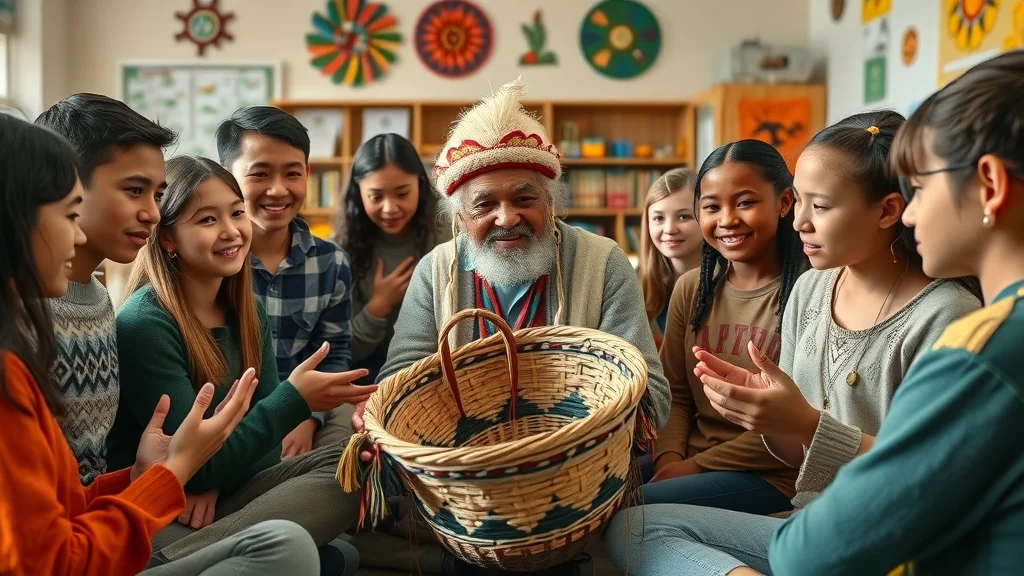
Understanding Indigenous Educational Programs: A Gateway to Deeper Cultural Literacy
Indigenous educational programs focus on teaching the histories, languages, values, and contributions of Native peoples, often in ways that prioritize authentic voices and lived experience over distant, filtered narratives. Unlike generic multicultural curricula, these programs are designed to spotlight the living traditions of tribes both local and national, encompassing not just the past, but ongoing cultural resilience and innovation. In practice, they may combine classroom learning with hands-on experiences, such as visits to heritage museums or guided storytelling with community elders—each element building a richer, more nuanced understanding for students.
Failing to engage with Indigenous educational programs can leave entire generations with an incomplete picture of their nation’s story, leading to misconceptions and missed opportunities for mutual respect. It’s more than just memorizing historical dates or names; it’s about intuitively grasping the soul of a culture that has shaped the land for thousands of years. In regions like Sacramento, where Native communities continue to thrive and adapt, the absence of culturally grounded programming risks perpetuating stereotypes and erasing vital connections to place. The urgency for inclusive, Indigenous-centered education couldn’t be higher, as students not only learn about different cultures but develop the skills to foster dialogue, equity, and shared stewardship in their communities.
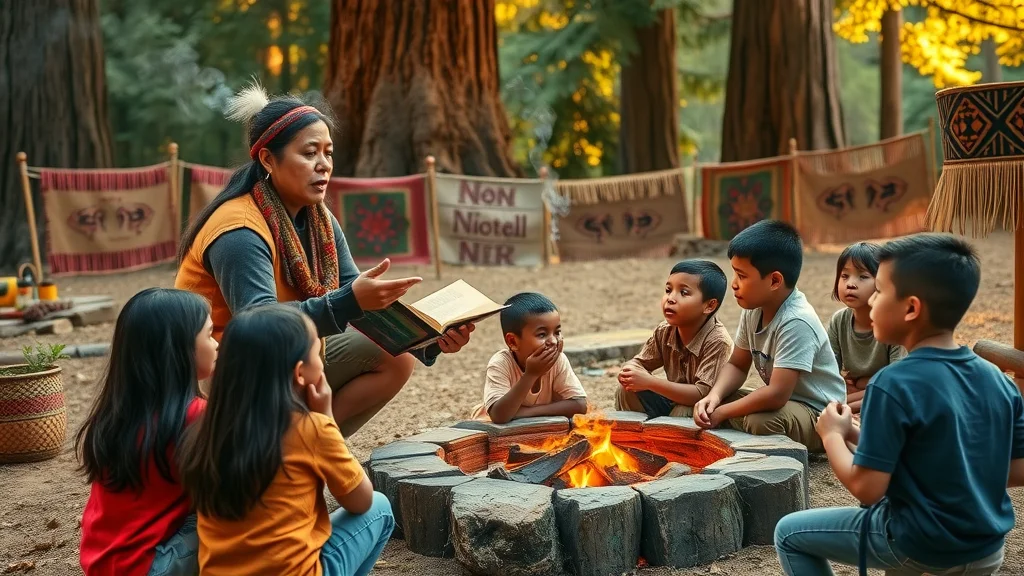
How Indigenous Educational Programs Build Empathy and Connection Across Communities
Organizations with expertise in indigenous educational programming, like California’s leading cultural institutions, offer a suite of benefits that reach far beyond Native students alone. These programs are crafted to invite students, families, and educators into deeper engagement with California’s Indigenous histories and cultural expressions. By grounding educational content in both ancient practices and living community traditions, students can experience firsthand the resilience, adaptability, and ongoing contributions of Native peoples.
Participants in these programs often report a greater sense of empathy and curiosity as they explore topics that include both celebration and struggle. Educational events and curated exhibitions create opportunities for dialogue, helping dismantle myths and facilitate mutual respect. For all students—including those with Native heritage and those who are just beginning their journey of discovery—indigenous educational experiences can break down barriers, affirm identity, and nurture a larger sense of cultural stewardship. In the process, classrooms and communities emerge more connected and better equipped to navigate a diverse society.
Learning Through Experience: The Power of Museum-Based Indigenous Education
One of the most impactful aspects of indigenous educational programs comes from experiential learning—going beyond books to direct interaction with history and culture. Institutions like Sacramento’s State Indian Museum offer a dynamic venue where special events, exhibits, and educational workshops bring Native California life vividly to the forefront. These real-world experiences offer learners the chance to see, touch, and engage with authentic cultural artifacts and hear stories directly from tribal community members, providing context and meaning that traditional classrooms often lack.
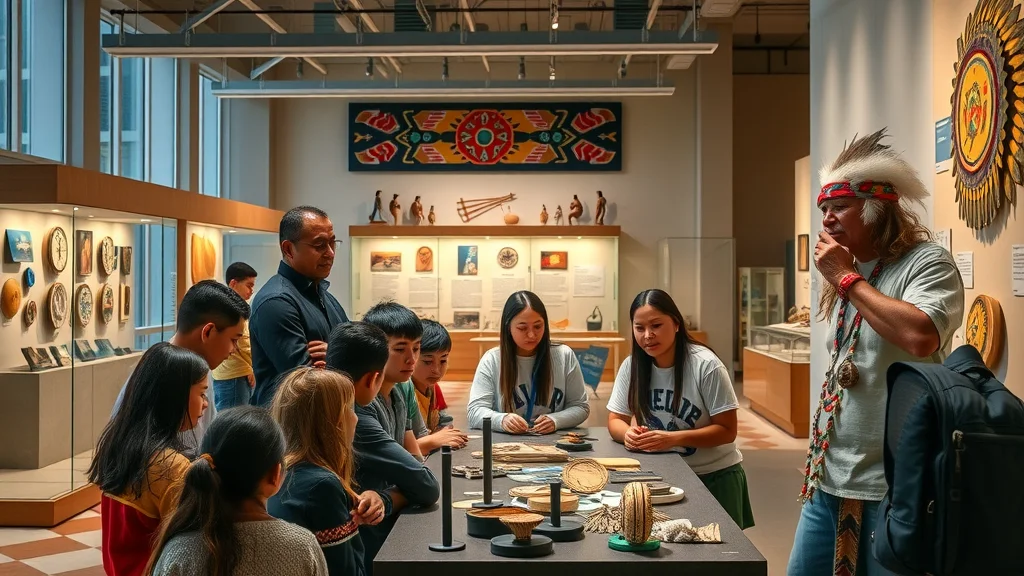
Events hosted at such venues are not only educational but also communal, providing moments for collective reflection, celebration, and dialogue. Participation in these events fosters a sense of inclusivity and respect for Native traditions among attendees of all backgrounds. The ripple effects spread throughout families and communities, cultivating a shared sense of responsibility to honor and support cultural heritage throughout California and beyond.
The Evolving Role of Indigenous Programs in Modern Education
Indigenous educational programs are more than just an academic offering—they are evolving platforms for cultural vitality and self-determination. As educational standards continue to shift toward inclusivity, these programs ensure that learning environments honor and represent the diversity of knowledge throughout history. By integrating Native-led governance and program design, educational institutions acknowledge the expertise of Indigenous communities, ensuring that voices from within these cultures have the authority and respect they deserve.
The result is a generation of students who learn to see Indigenous history not as a static chapter in textbooks but as a living, breathing part of contemporary society. These programs also spark broader conversations about land stewardship, environmental responsibility, and interconnectedness—subjects that have long been foundational to Native worldviews. As more schools and museums collaborate with Indigenous organizations, the likelihood of building a truly inclusive educational landscape continues to grow.
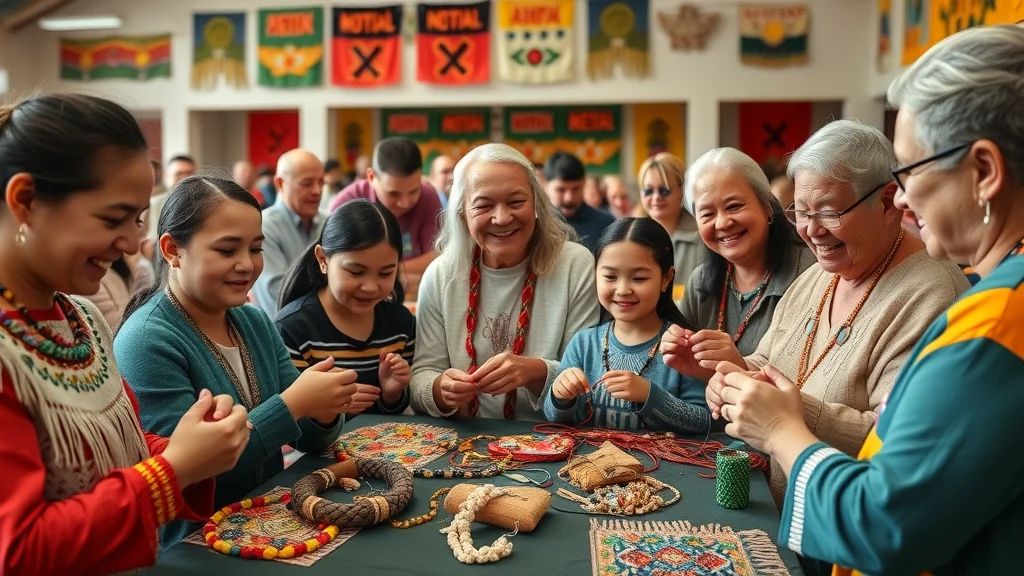
Investing in the Future: Why Supporting Indigenous Educational Programs Benefits Everyone
When communities support and invest in indigenous educational programs, they are not just preserving Native heritage—they are strengthening the entire educational system. Programs funded through museum stores and cultural foundations fuel outreach, public events, and the creation of resources that benefit learners from every walk of life. These efforts often extend beyond classroom boundaries, engaging the wider public and fostering allies for cultural preservation.
Significantly, such programs help confront the ongoing risk of cultural erasure by providing platforms for Native narratives and self-representation. By engaging with authentic experiences and supporting Native-led initiatives, all members of society can become co-creators in a more inclusive and respectful future. This collective growth extends far beyond individual achievement, reinforcing the idea that cultural knowledge, once safeguarded and shared, enhances the whole community.
The California Indian Heritage Center Foundation’s Philosophy: Honoring Tradition and Empowering the Future
The ethos behind the work of prominent cultural institutions is rooted in a steadfast commitment to honoring, preserving, and uplifting California Indian culture through education. The California Indian Heritage Center Foundation stands as an advocate for Native-led initiatives, prioritizing outreach, special projects, and educational opportunities that center Indigenous voices. This philosophy recognizes that everyone can benefit from deeper connections to cultural heritage and that growth, learning, and sharing are vital to enriching both Native and non-Native communities.
By supporting the planning, implementation, and governance of vital spaces like the future California Indian Heritage Center, the Foundation insists on representation by and for Native peoples. Its mission underscores the role of education as a force for community building and healing, actively inviting all individuals to learn, participate, and contribute to the preservation and celebration of living tradition. Through museum store proceeds, partnerships, and events, the Foundation works to ensure that California’s Indigenous stories are alive, evolving, and accessible for generations to come.
Community Voices: How Indigenous Educational Programs Make a Meaningful Difference
The power of indigenous educational programs is perhaps best reflected in the words of those who experience their impact firsthand. When a local engages with these resources, they witness the potential for deeper understanding and community growth that such programs inspire.
Beautiful local resource for Native Americans in Sacramento
As echoed in this review, these educational offerings not only provide a sense of belonging and respect for Native community members but enable everyone to access a piece of California’s rich heritage. Those who participate in or support these programs join a movement toward mutual recognition, cultural pride, and continued learning—a journey with lifelong benefits for individuals and society alike.
Redefining Learning: The Lasting Value of Indigenous Educational Programs
As educational institutions and communities reflect on what it means to provide meaningful, relevant learning, indigenous educational programs emerge as a crucial answer. These initiatives continue to reshape academic perspectives, foster empathy, and bridge gaps in understanding—all while anchoring learning in lived experience and cultural pride. The contributions of organizations leading this movement lend critical authority to the larger conversation, demonstrating the transformative impact that inclusive, heritage-rich educational programs can produce.
For anyone seeking a more comprehensive, truthful, and empathetic approach to history and culture, exploring indigenous educational programs is a vital step. By engaging with these learning opportunities, students and community members alike move toward a future built on knowledge, respect, and connection—ensuring that indigenous educational programs remain at the heart of transformative education for years to come.
Contact the Experts at California Indian Heritage Center Foundation
If you’d like to learn more about how indigenous educational programs could benefit your educational journey or community, contact the team at California Indian Heritage Center Foundation.
📍 Address: State Indian Museum, 2618 K Street inside, K St, Sacramento, CA 95816, USA
📞 Phone: +1 916-324-8112
🌐 Website: http://www.cihcfoundation.org/
Location and Hours for California Indian Heritage Center Foundation
🕒 Hours of Operation:
📅 Monday: 10:00 AM – 5:00 PM
📅 Tuesday: 10:00 AM – 5:00 PM
📅 Wednesday: 10:00 AM – 5:00 PM
📅 Thursday: 10:00 AM – 5:00 PM
📅 Friday: 10:00 AM – 5:00 PM
📅 Saturday: 10:00 AM – 5:00 PM
📅 Sunday: 10:00 AM – 5:00 PM
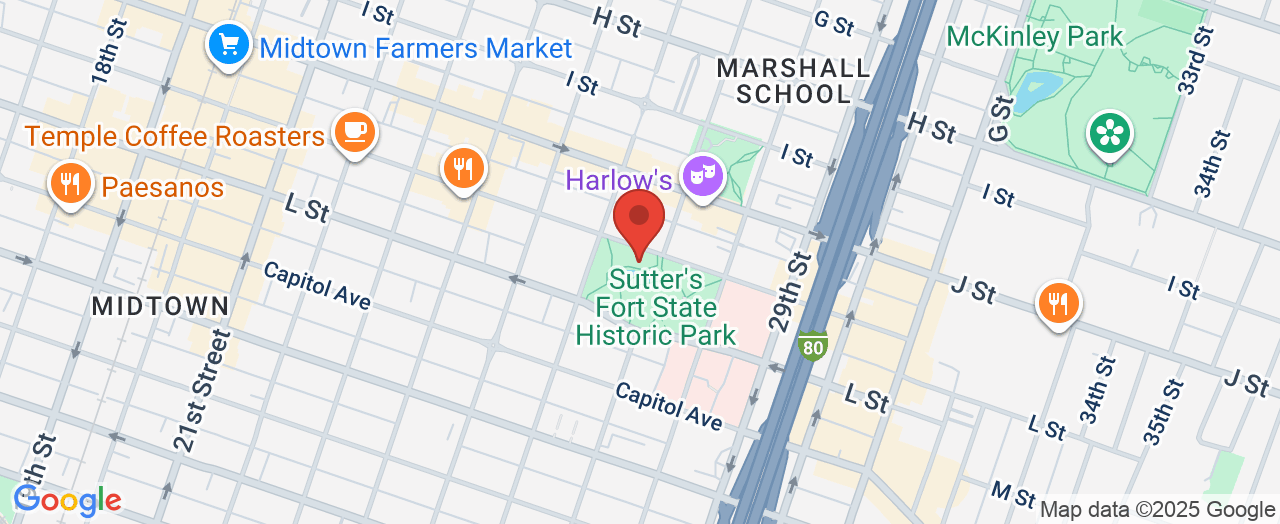
 Add Row
Add Row  Add
Add 





Write A Comment